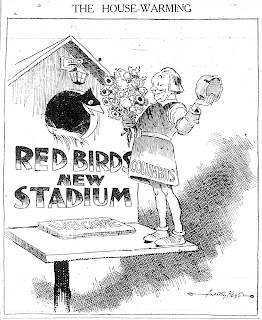Pitcher Rollie Stiles, 1906-2007

Rollie Stiles, RHP 1932 and 1934 Milwaukee Brewers 1934-36 Kansas City Blues b. November 17, 1906 at Ratcliff, Arkansas d. July 22, 2007 at St. Louis, Missouri Resurrection Cemetery, St. Louis For some time, Rolland Mays “Lena” Stiles, or “Leapin’ Lena,” held a unique distinction among former major league ballplayers. With the passing of former Pittsburgh Pirate infielder Howdy (Howard) Groskloss on July 15, 2006, Stiles became the reigning dean of the major leagues, the oldest living former big leaguer. With his passing, Billy Werber (TOL-31), who turned 100 on June 20, 2008, took over as the oldest living major league player. At the time of Stiles’ death, the oldest former professional player alive was, and still is, former Negro Leaguer Emilio Navarro at 102 year of age. But how did he get that nickname? According to Joan M. Thomas, who interviewed Stiles in 2004, it originated with catcher Paul Richards (MIN-32): "When Rollie leapt to catch a batted ball, Richards, an oppos...






